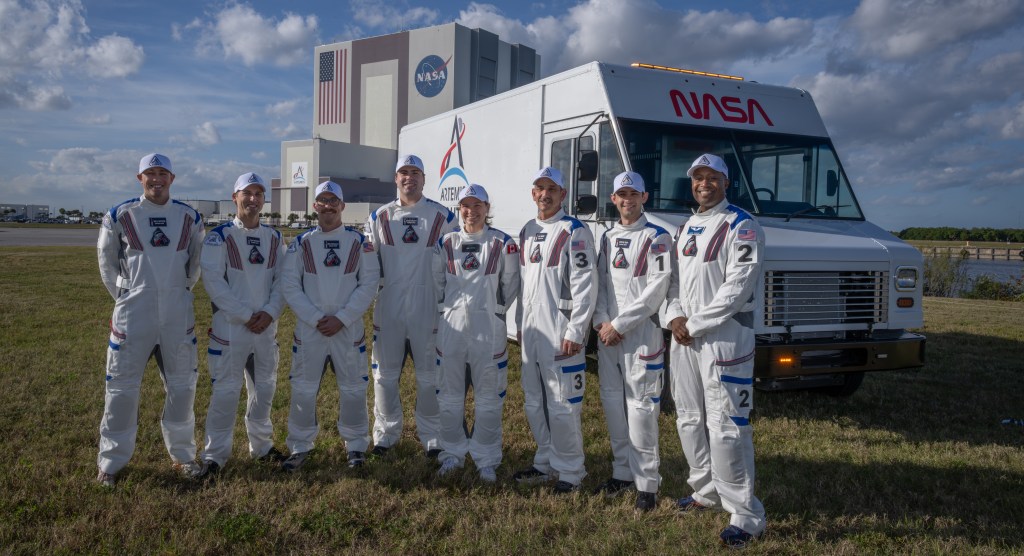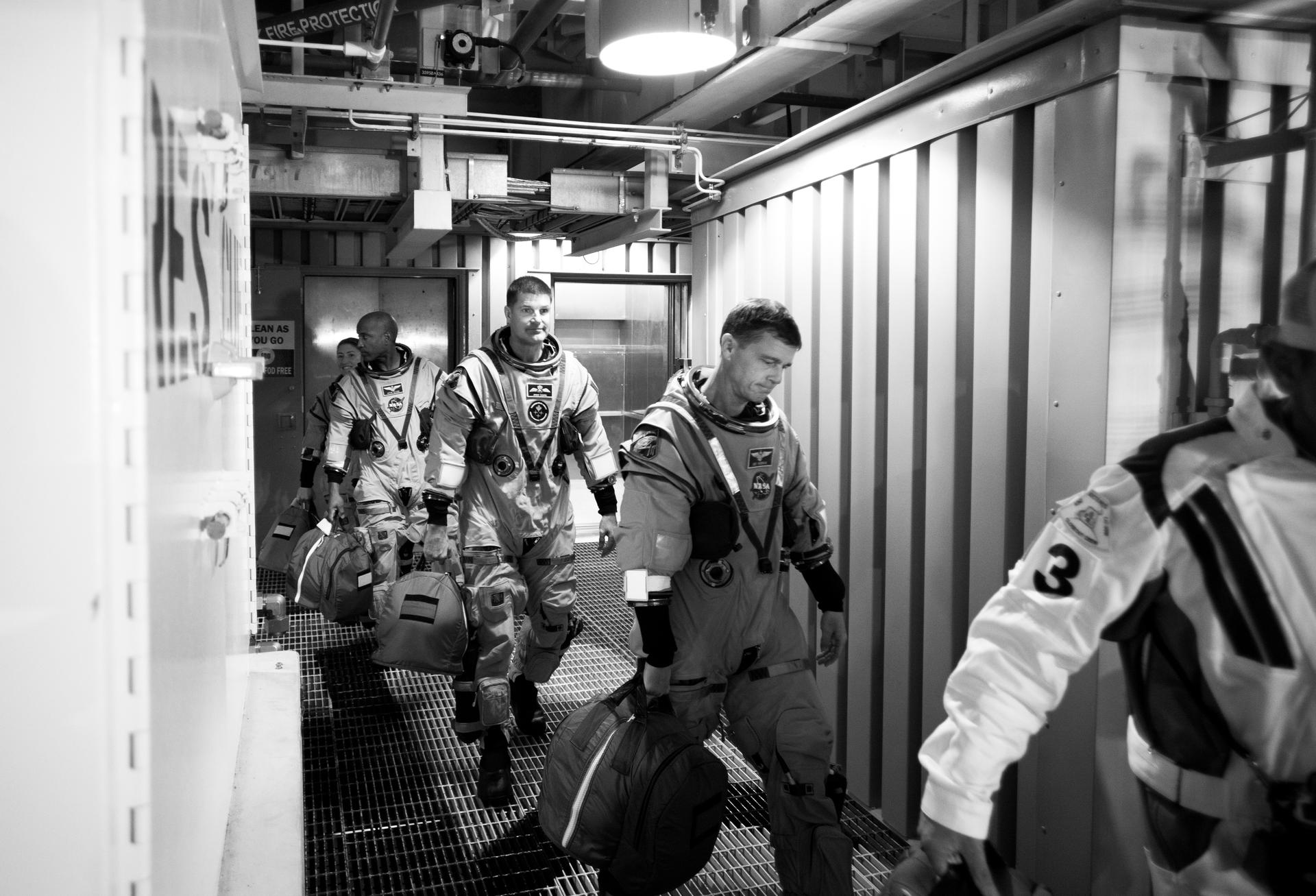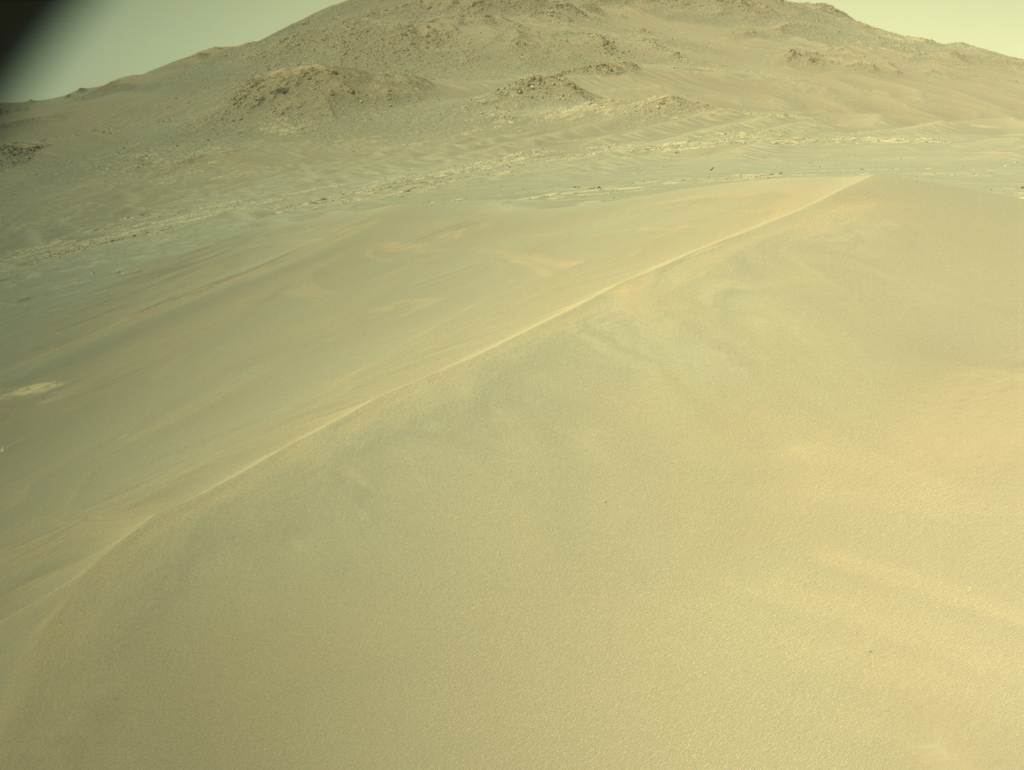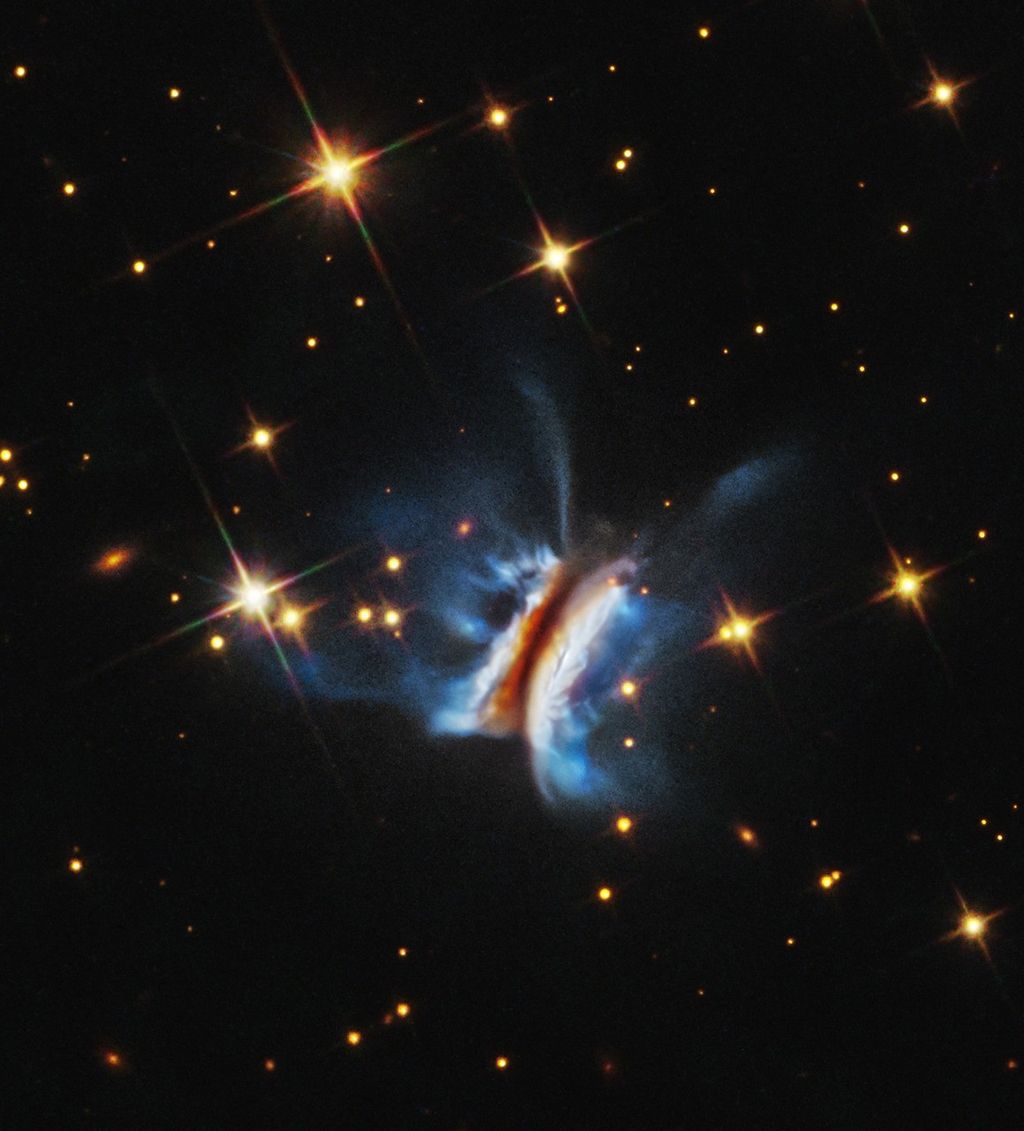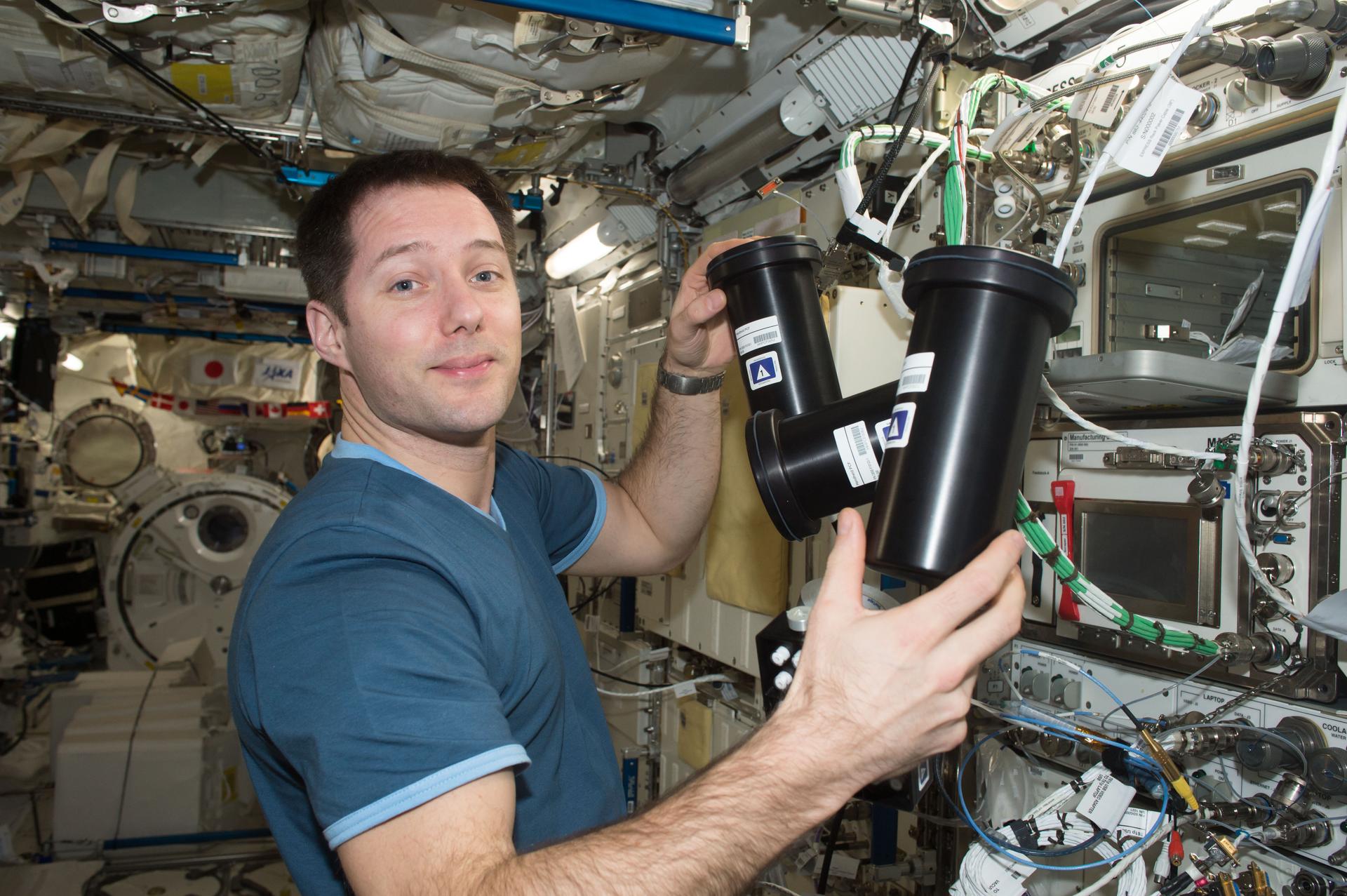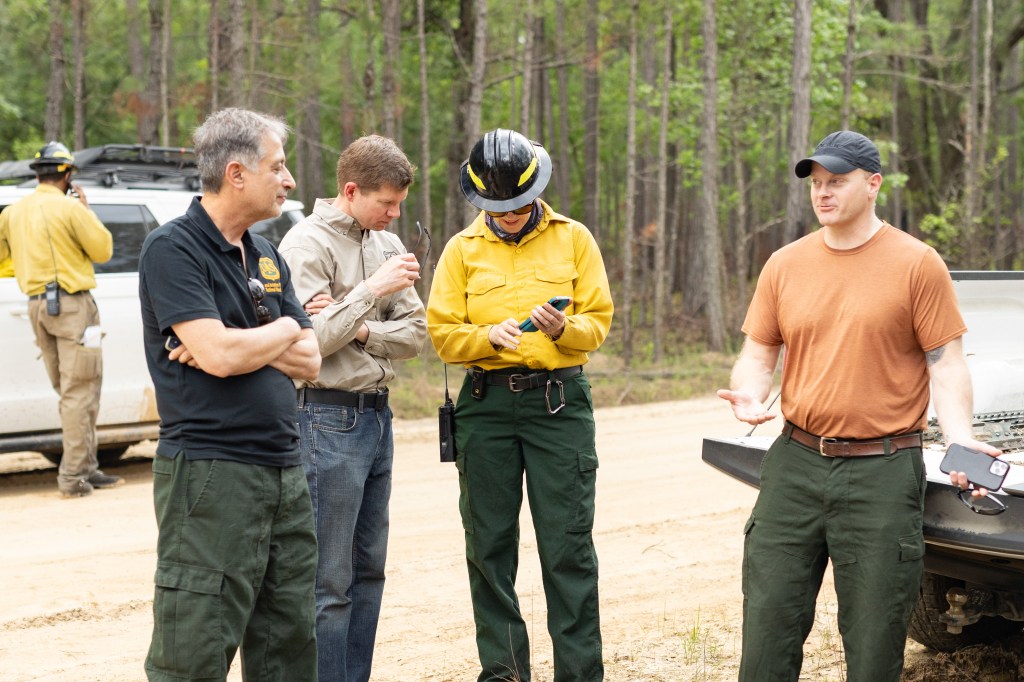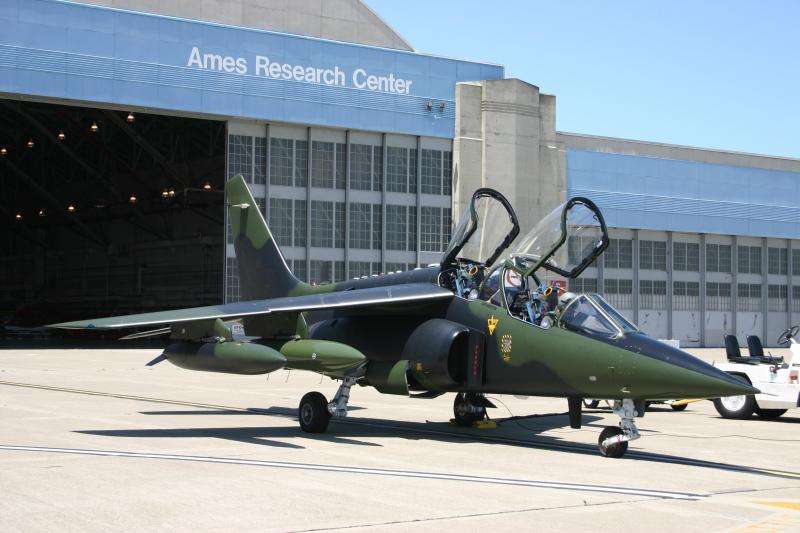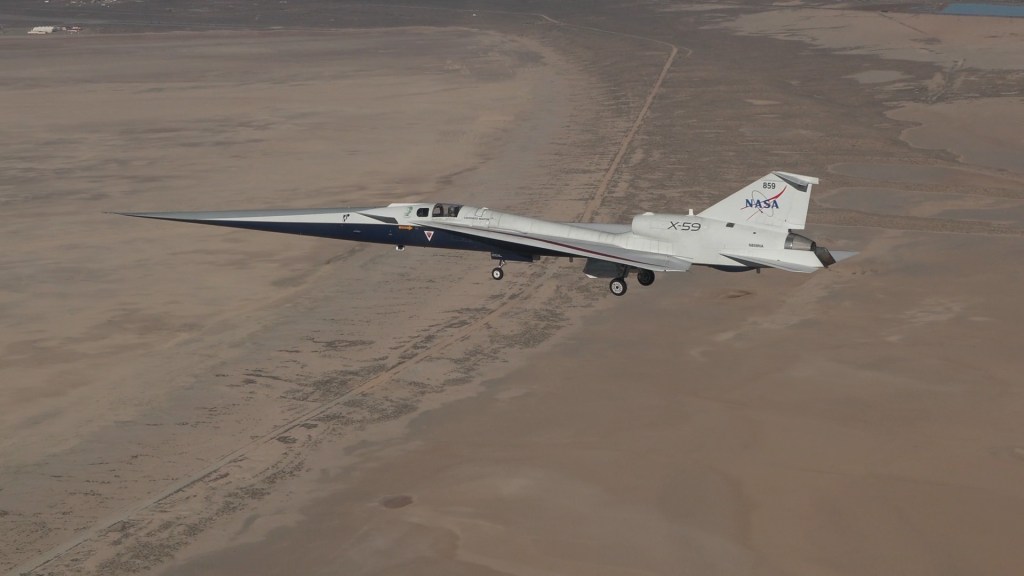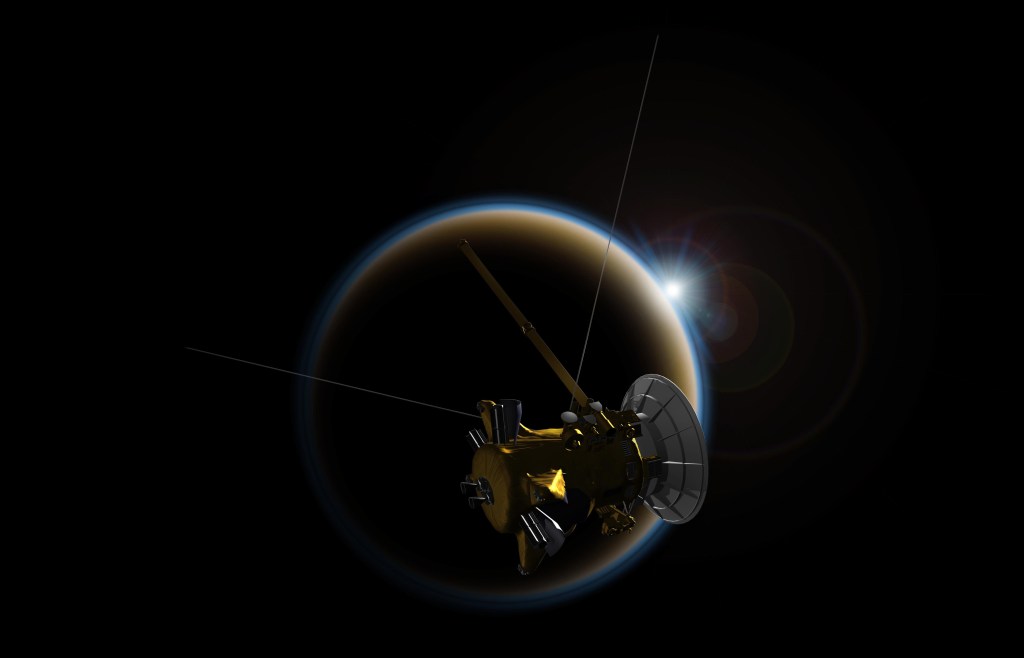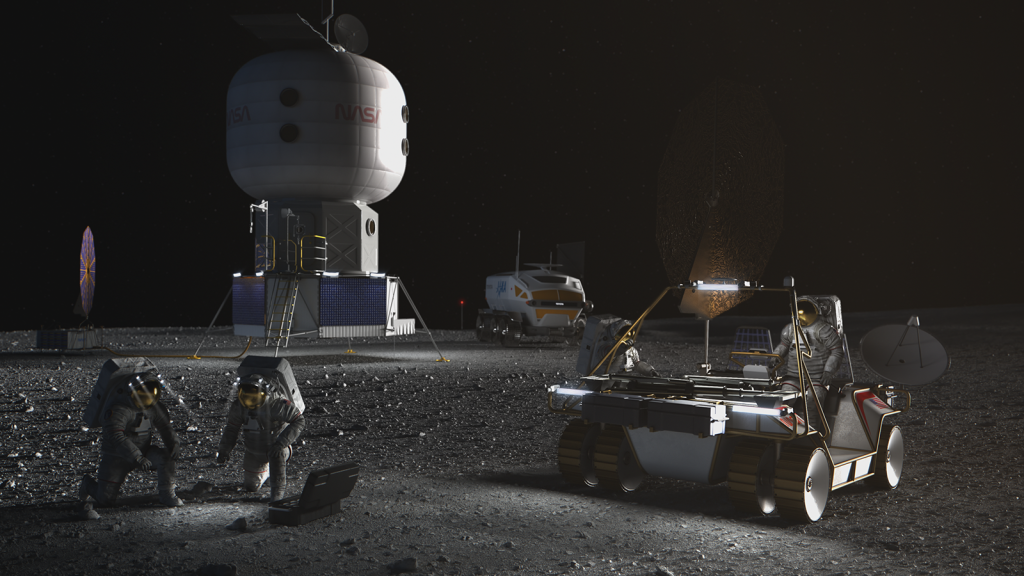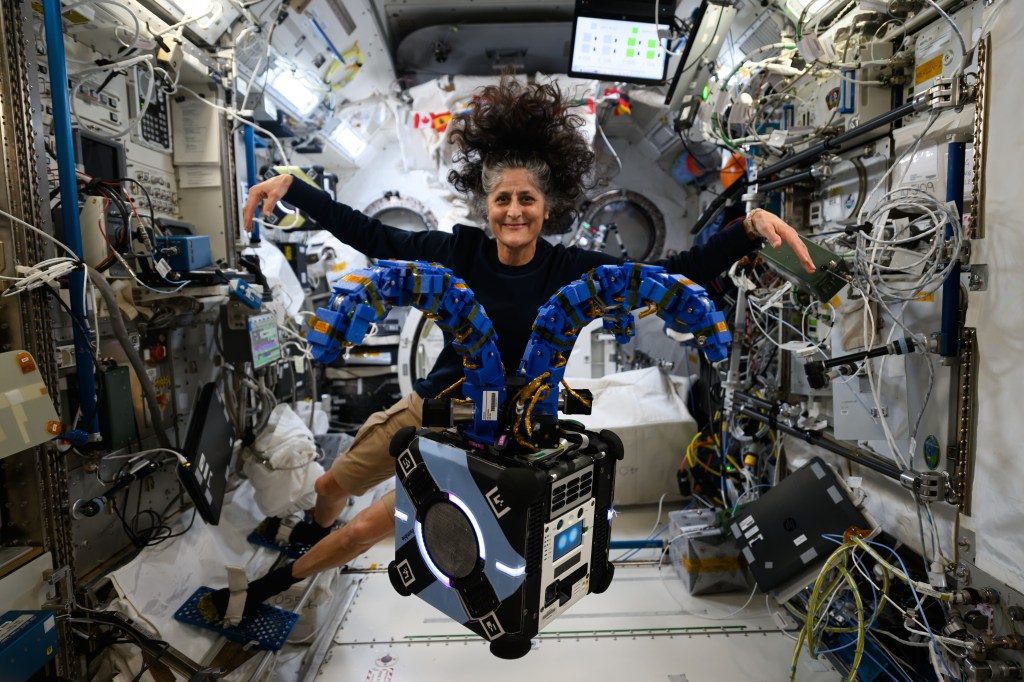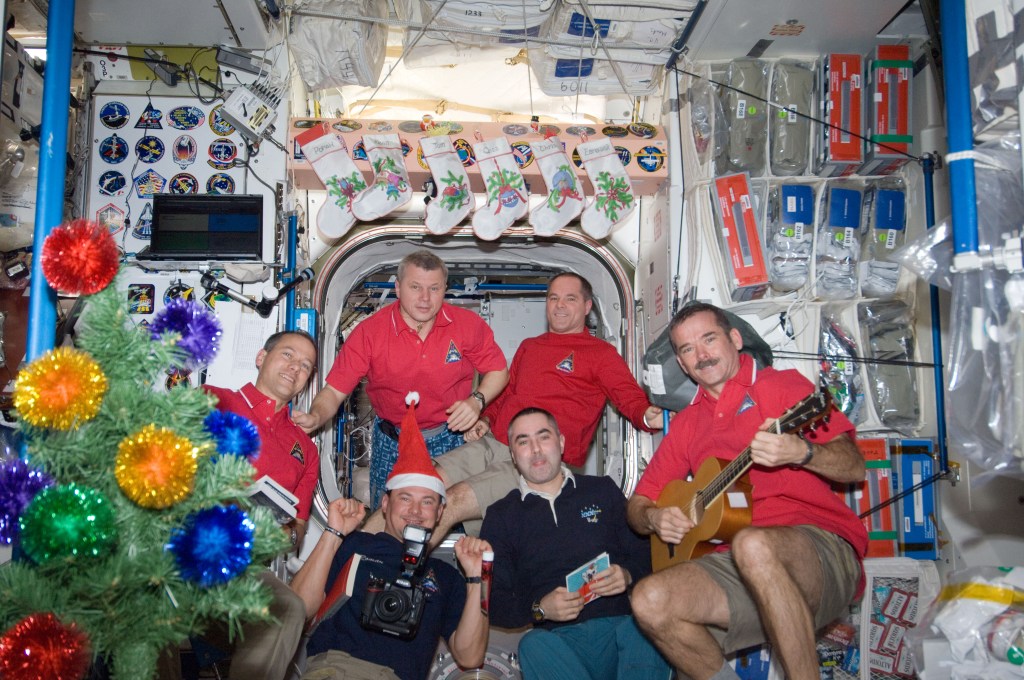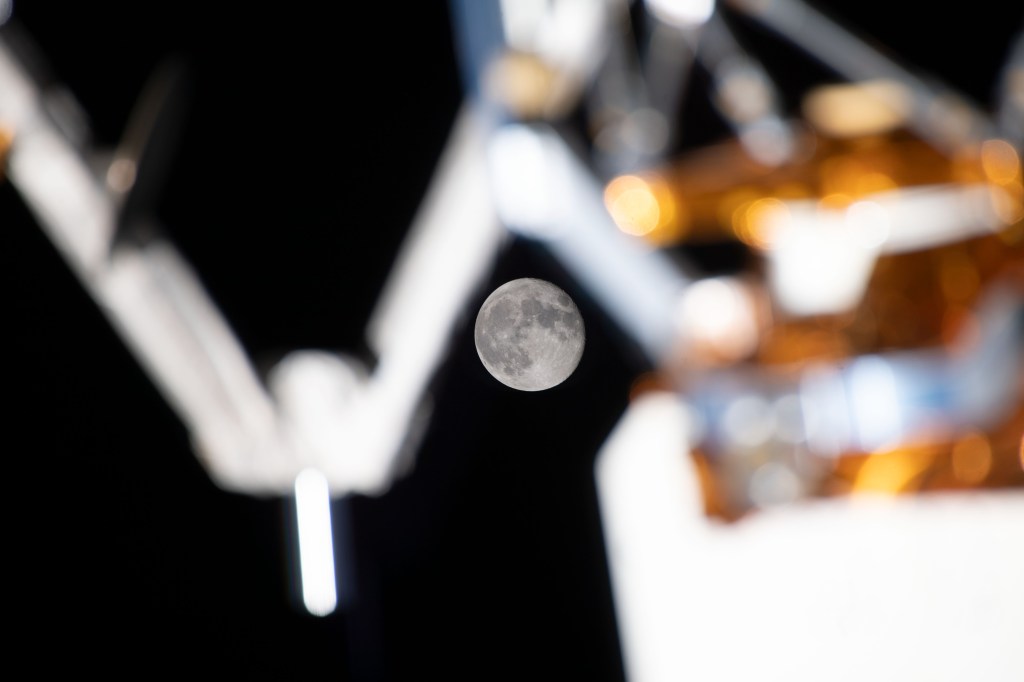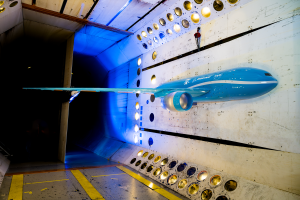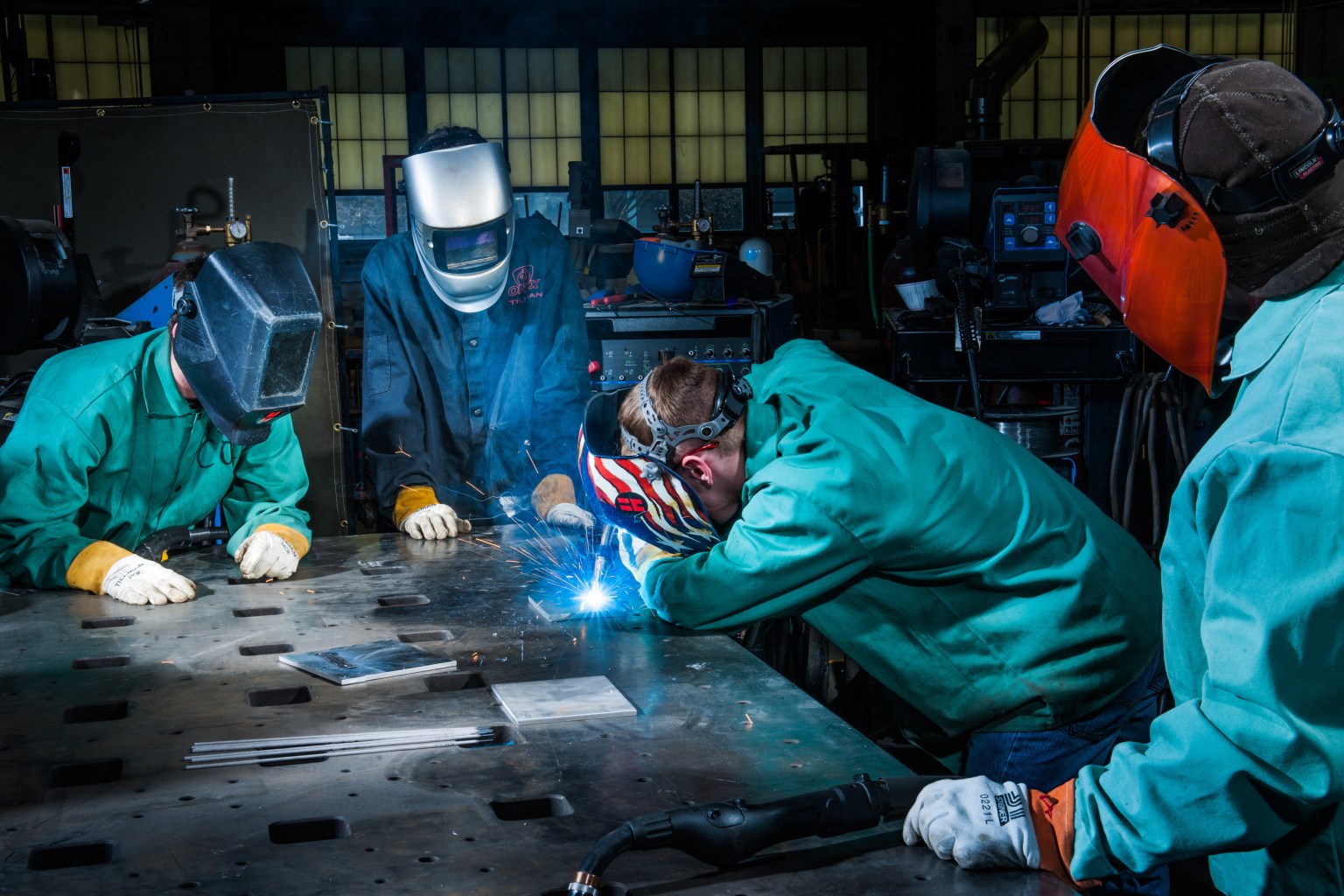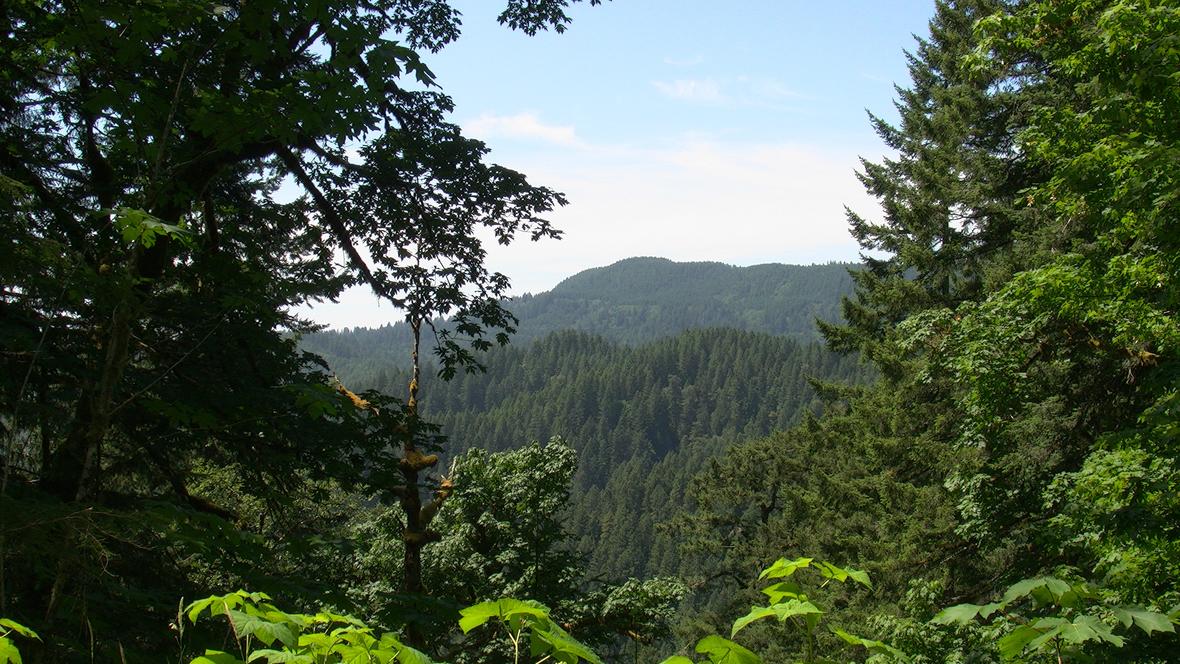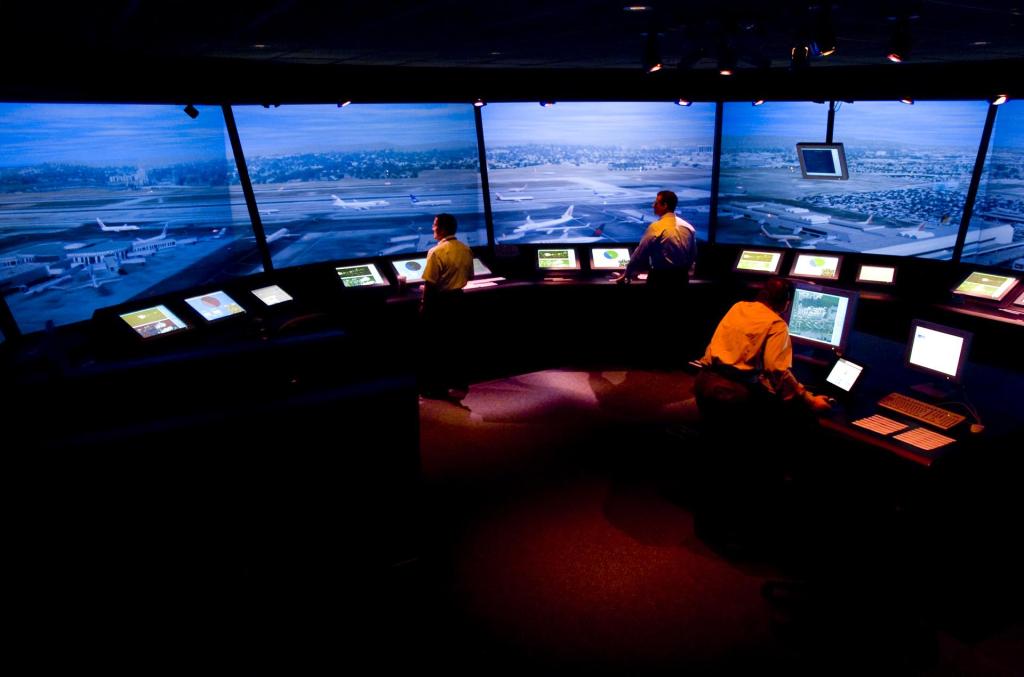
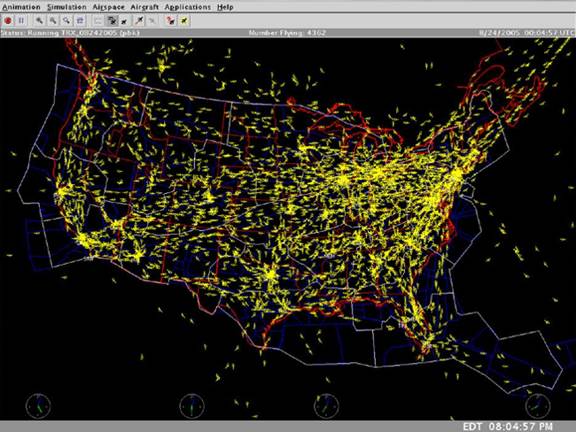
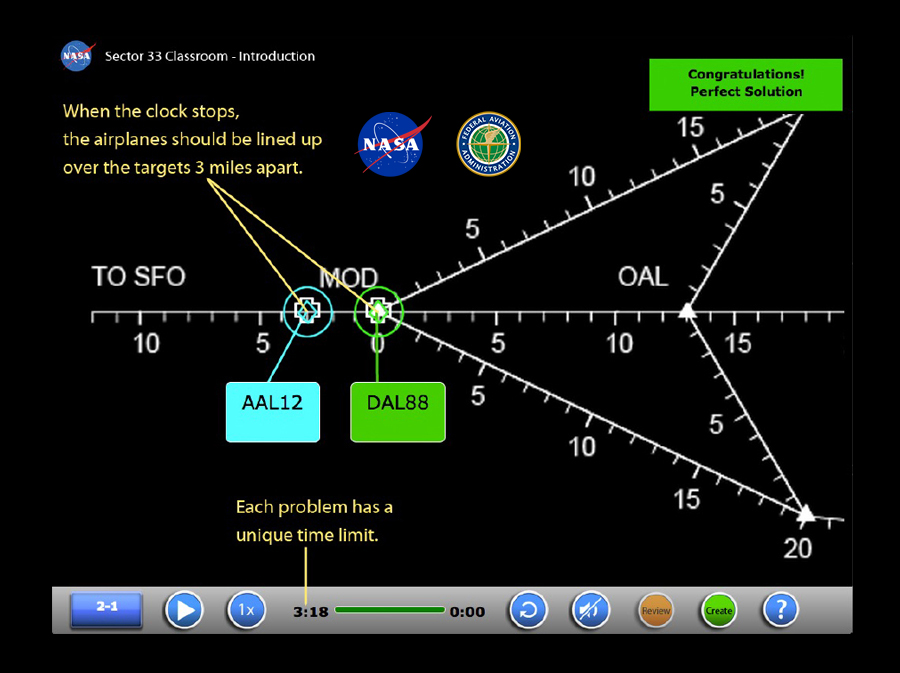
Smart Skies
Welcome to our National Airspace System. Smart Skies is a program developed by NASA and the FAA where you can test your skills as an Air Traffic Controller, learn more about how weather affects aviation, find your path to one of the many careers in aviation that help keep our airspace safe, sustainable, and efficient, and try your hand at designing aircraft and airports.
Aeronautics Stakeholder and Workforce DEV LEAD
April Lanotte
Program specialist
Karen Sullivan
Smart Skies
LineUp with Math
Use NASA’s air traffic control simulator in LineUp with Math to explore and apply decision-making and proportional reasoning skills. Solve distance-rate-time problems in increasingly complicated air traffic control situations to keep our airspace safe.
Different difficulty levels and pre-algebraic problem sets are included that help participants line planes up safely within an air traffic control pattern. Along the way, students learn more about safe and efficient aircraft spacing and flight patterns.
Visit LineUp with Math about LineUp with Math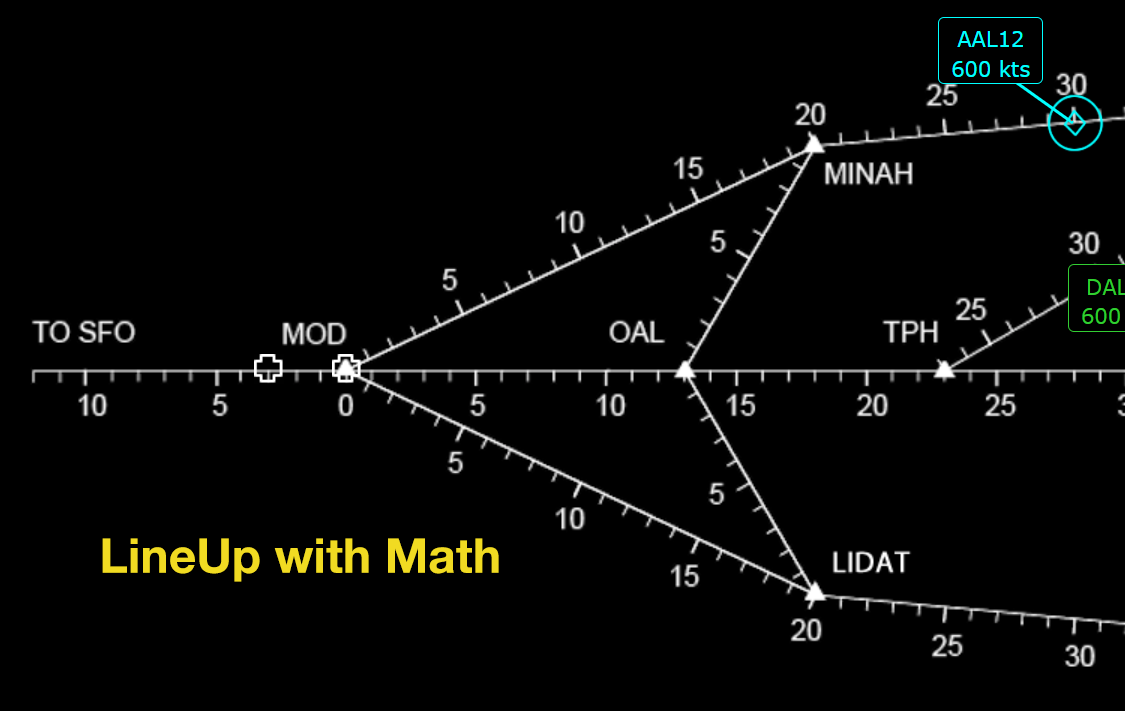
Traffic and Airspace
As more aircraft take to the skies it is more important than ever to use emerging technology to build airspace systems that keep people and aircraft safe, plan for the future of aviation, and develop the most efficient highways in the skies possible.

Jumbled Jets Game
Students use logic and reasoning skills to determine the correct arrangement of airplanes on a runway. Understand patterns, relations and functions, solve problems, and make predictions in this activity.
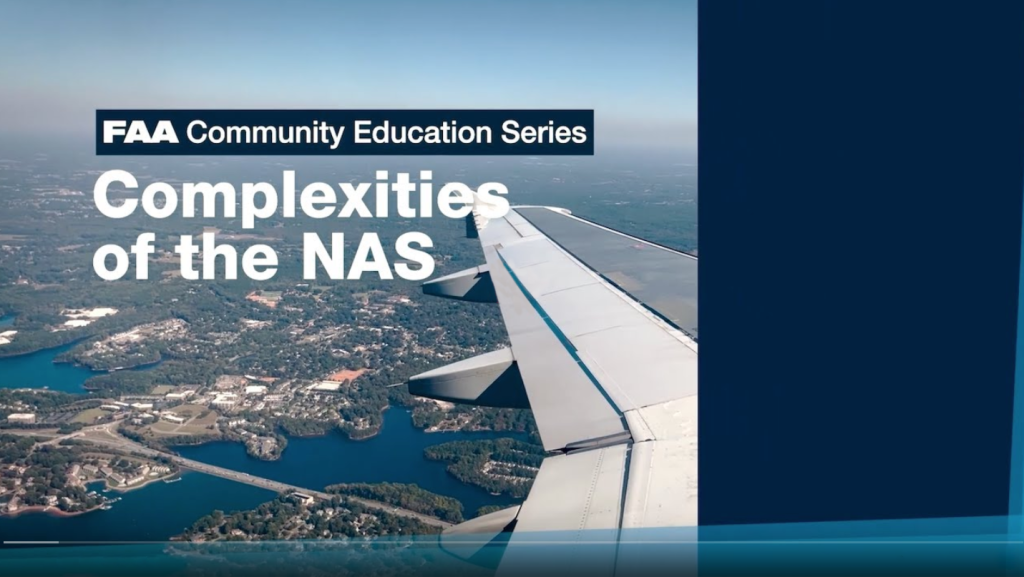
Complexities of NAS
The National Airspace System is composed of airspace, tech., procedures, and most of all, people. Everyone involved plays an important role in guiding tens of thousands of flights per day under a variety of complex circumstances.
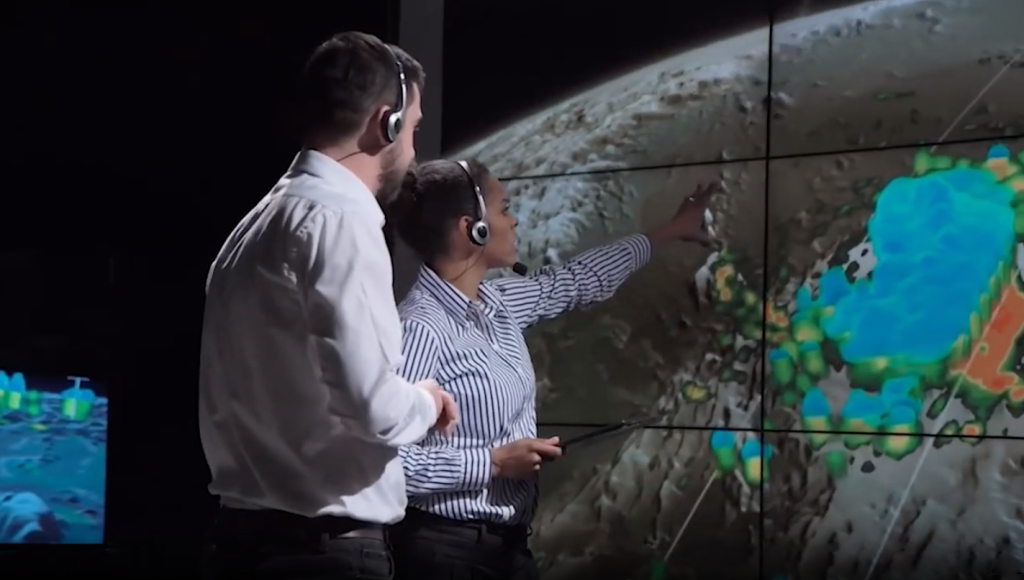
Digital Future
Digitally Enabled Cooperative Operations, or DECO, is exploring how aircraft can use modern technologies – like distributed computing and information networks, along with automated cooperation, to fly safely together in the airspace.
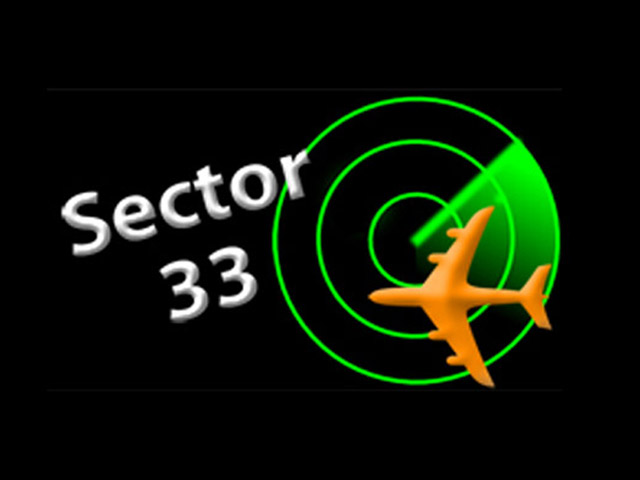
Sector 33 App
Have you ever wondered what it’s like to be an Air Traffic Controller? The Sector 33 app, available for iOS, allows you to test your skills as an air traffic controller as you try to safely land multiple airplanes.
Aviation and Weather
Weather affects everyone, including those who fly. Aviation weather is a combination of satellite-based weather predictions and monitoring, along with weather stations on the ground. Air traffic control patterns constantly change due to weather patterns and unexpected storms. New technologies are helping us better predict turbulence and other factors but we need your help to be the next generation of experts.

JPSS and Wind: Make a Wind Sock
NOAA’s Joint Polar Satellite System (JPSS) provides data and imagery. In this activity you'll learn about wind and weather while crafting your own windsock!
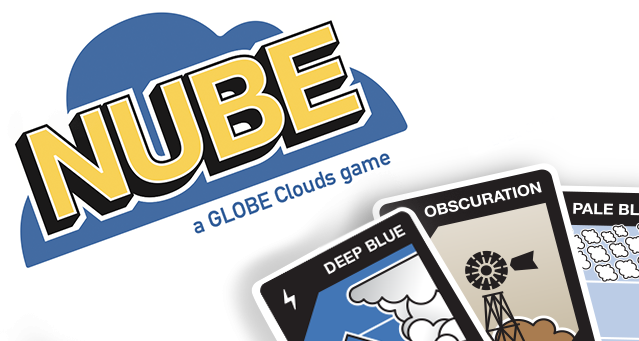
NUBE
Print out the NASA GLOBE cloud identification game, NUBE (pronounced noo-beh, which is the Spanish word for clouds), and test your knowledge skills about clouds! For ages 7+, 2-6 players.
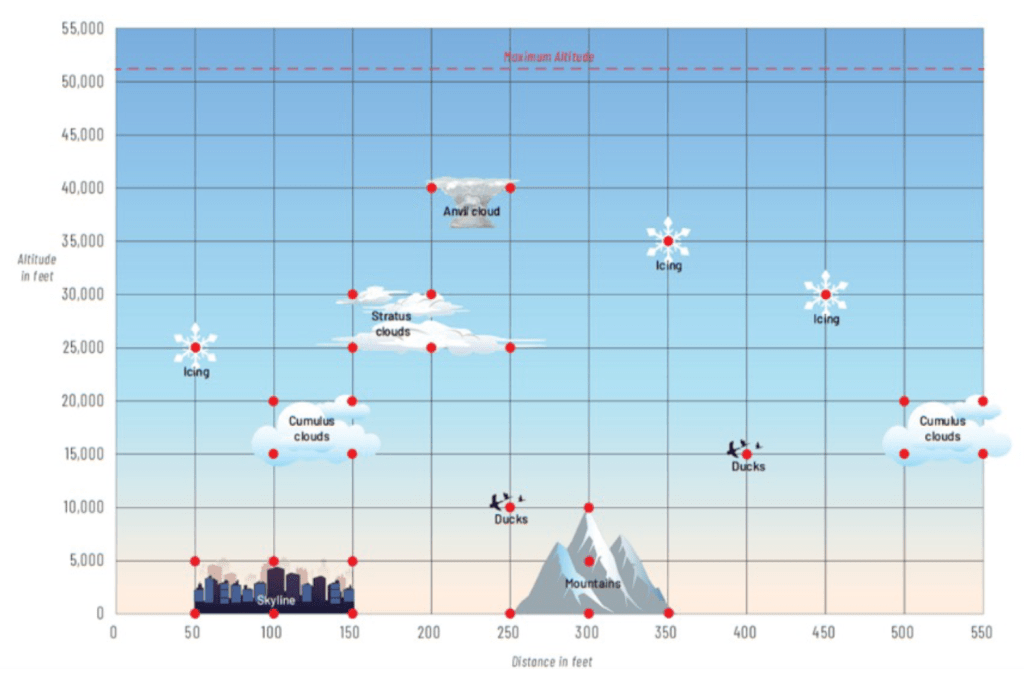
Flight Path Navigator Graphing
This game is similar to the game of Battleship but it uses graphing instead of a grid. The object of the game is to plot a safe flight path, including take off and landing, for your plane.
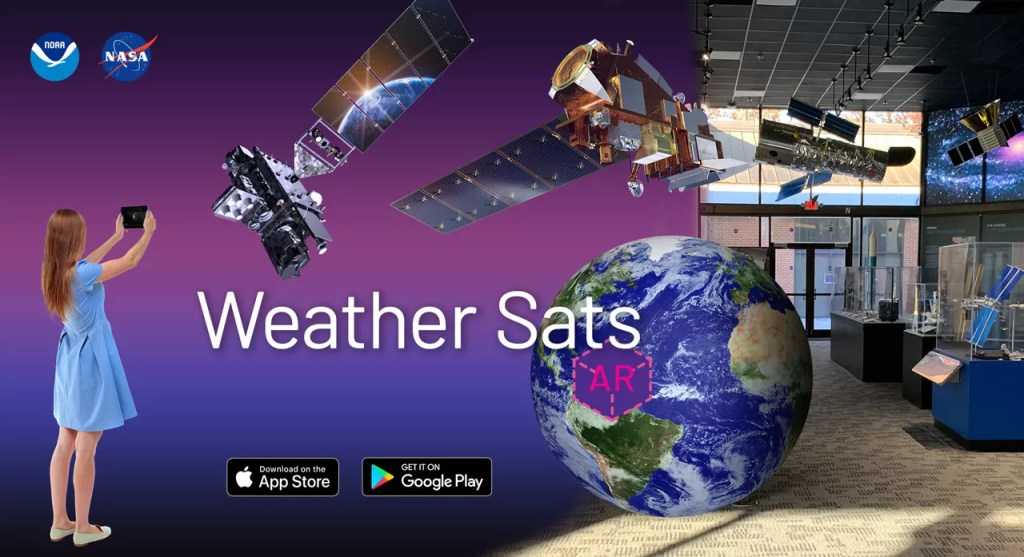
WeatherSats AR
This WeatherSats AR app shows what it takes for satellites to monitor extreme weather and help with daily forecasts. Available in both iOS and Android versions.
Airports and Infrastructure
While most of us are familiar with the importance of airports, there is so much more than what passengers see. Tackle the Airport Design Challenge with the FAA using Minecraft and find out more in this section about what it takes to design not just airports, but entire airspace systems.
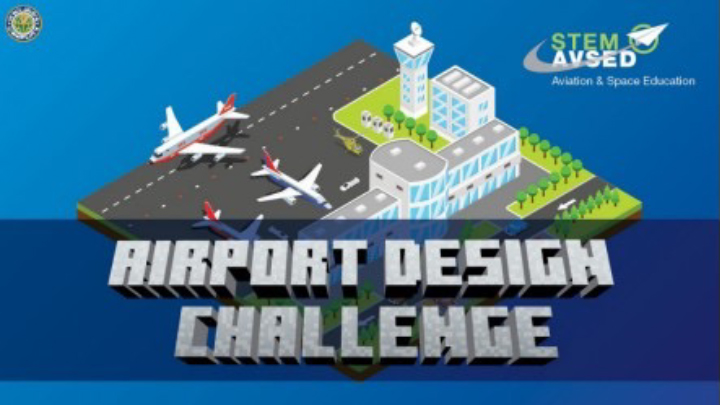
FAA Airport Design Challenge
Student teams learn about and replicate their local airport in Minecraft. Supporting lessons help with airport layout, lighting, structures, and more.
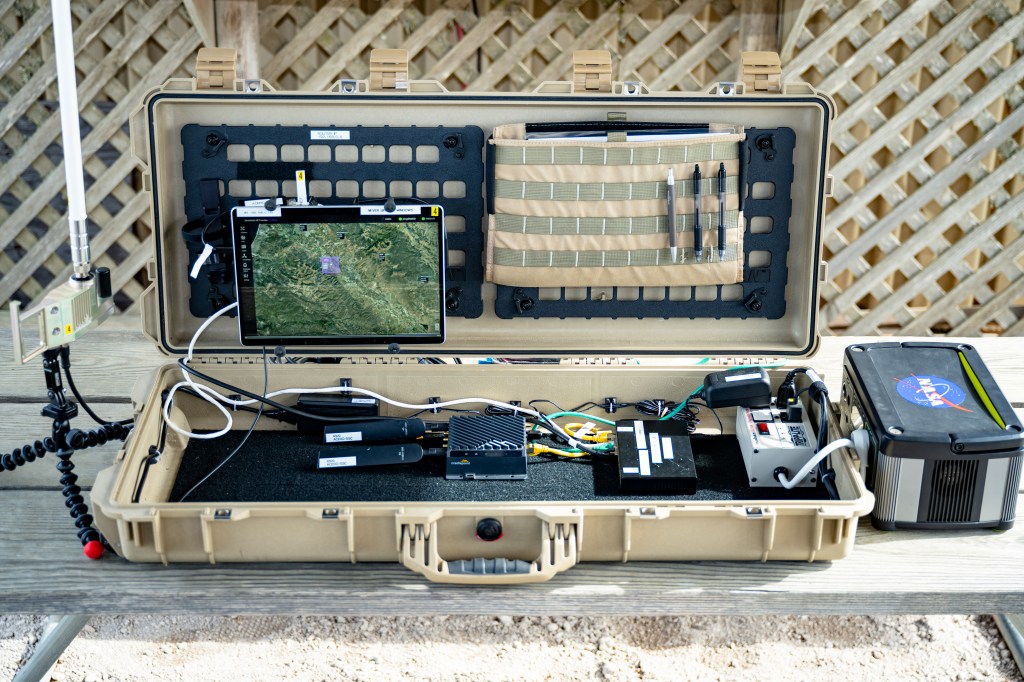
Wildfire Airspace Management
This article and video highlight NASA’s ACERO program that is helping teams work together on the ground and in the air to fight wildfires.
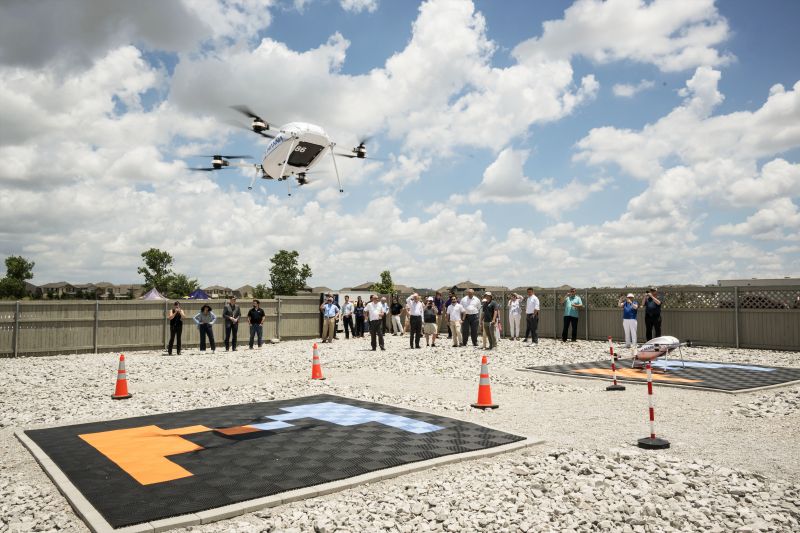
Delivery Drone Simulation
This coding activity gives the students a chance to code a simulation to safely deliver a package via drone, navigating around geofenced areas.
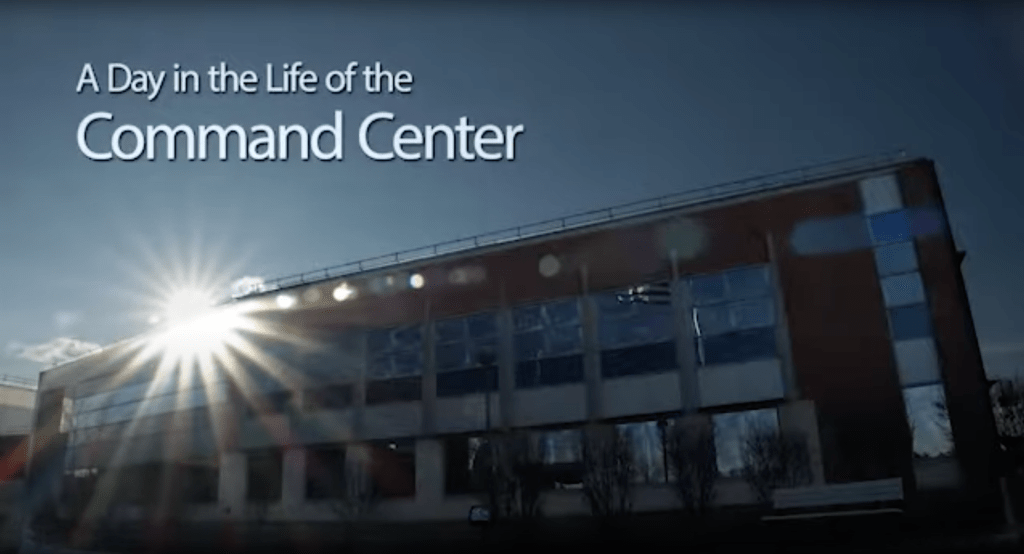
The FAA Command Center
This video shows how the Air Traffic Control System Command Center manages the flow of nationwide air traffic each day.
Aircraft Design
Do you have what it takes to design an aircraft? Whether you are building one with popsicle sticks or computer-aided design, this section contains a variety of ways to learn about existing designs and how to make your own!

NASA's Future of Flight Highlights
There are many innovative concepts NASA is working on right now that will impact the future of flight, including air taxis and supersonic planes like the X-59!
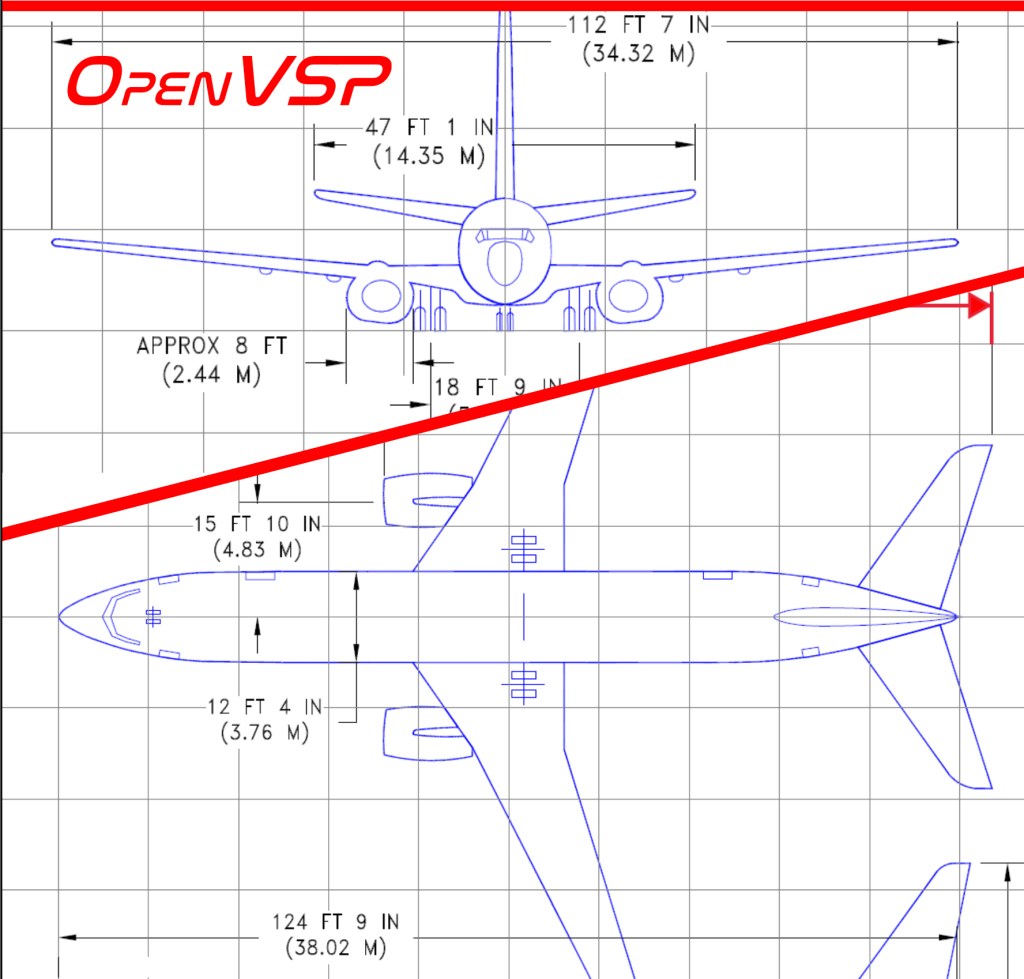
Open VSP
This online tutorial program is designed to guide users of all experience levels though the Open Vehicle Sketch Pad parametric geometry design tool.
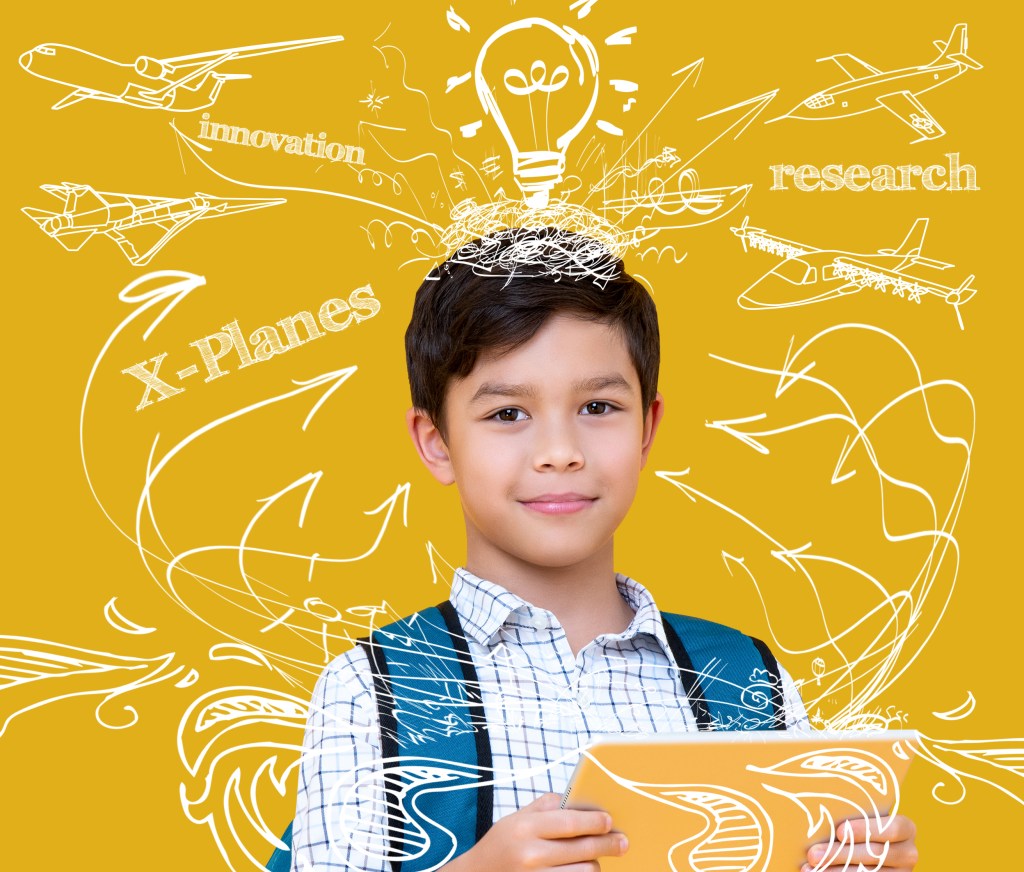
Design Your Own X-Plane
Learn more about what an X-plane is and how NASA uses X-planes for research; roll the dice to find out what features you will need to include on your own X-plane.
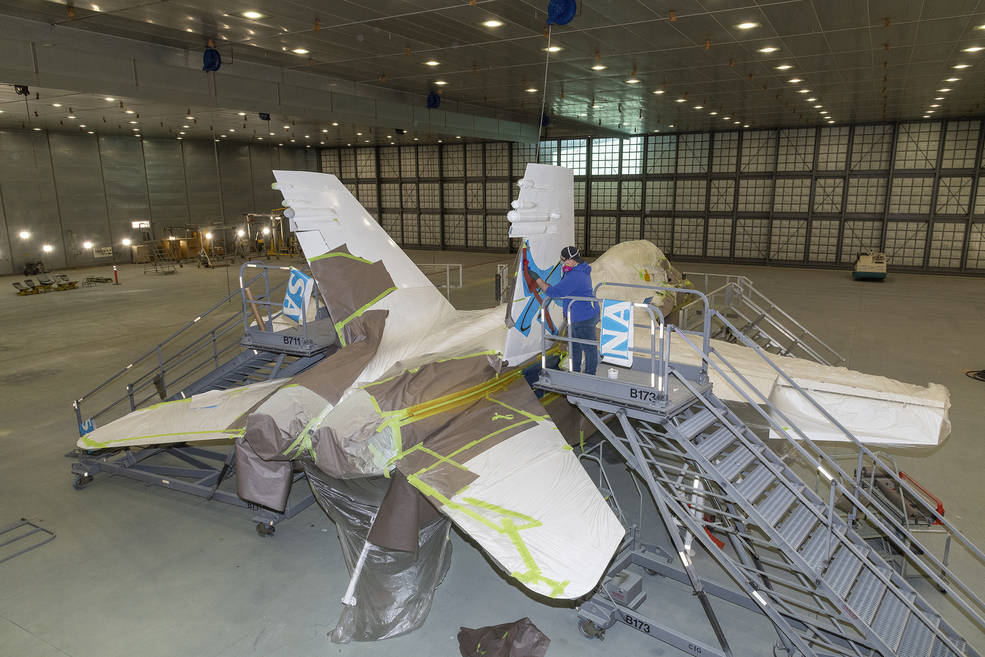
Name that Plane
Designing an aircraft from start to finish to include logos, color schemes, and aircraft identification. What will your aircraft look like?
Career Exploration
Aviation careers include nearly every type of skill and are not limited to pilots and engineers. Air traffic controllers, airport management, meteorologists, technicians, lawyers, and more are needed. Find out about just a few of the ways you can get involved in aviation.

Aero STEM Career Flyer
This flyer highlights many of the jobs available in aeronautics research. Some of these might surprise you!

The Quiet Crew Videos
NASA’s quest for quiet supersonic flight involves a team with many talents and abilities. Learn about our crew.

Wildfire Aeronautics Researcher
Wildfires, drones, and research? Take a look at an aviation career you may not have thought of.
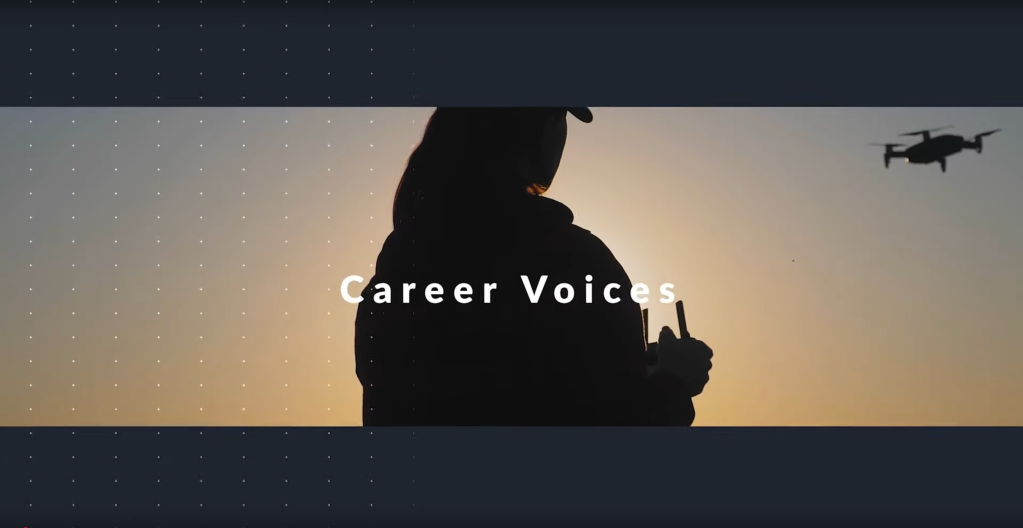
Career Voices at the FAA
Even doctors and lawyers are needed in aviation. This videos shares just a few of these types of jobs.
Aviation Safety
Safety is the first priority as more aircraft fly through the sky. The addition of new types of aircraft including drones, supersonic aircraft, and even spacecraft that need to travel through our airspace on their way to space make this a challenge! Learn more about the future of our skies and how we can fly safely and efficiently together.

Digital Future
Digitally Enabled Cooperative Operations, or DECO, is exploring how aircraft can use modern technologies – like distributed computing and information networks, along with automated cooperation, to fly safely together.
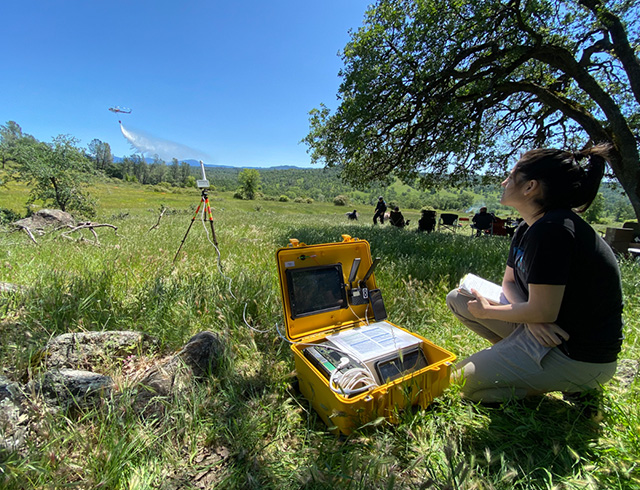
Drone Safety Poster Activity
In this lesson, students will learn about the safety and etiquette for the use of drones and other small UAVs. Create a drone safety poster after learning more about how to fly safely and the rules of the air.
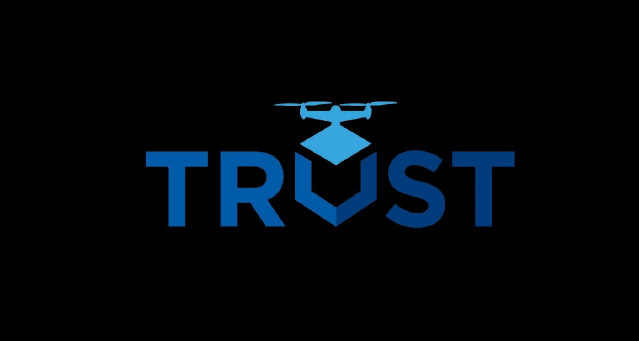
Drone Safety TRUST Certificate
A free TRUST safety certificate is required for everyone to fly their drone! Find out how to take your test and earn your certificate. TRUST certificates ensure pilots are aware of their responsibilities when flying a drone.
Educator Resources
As an educator, whether in a classroom, during a summer camp, at home, or anywhere else, this section provides educator resources in one location to get you started and to keep you one step ahead of students.
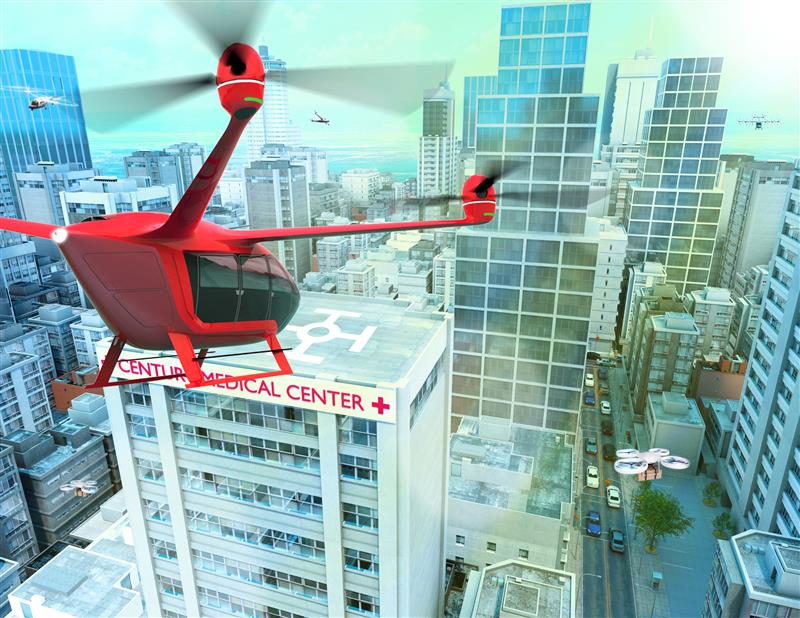
AAM STEM Toolkit
Hands-on STEM activities including coding, math, energy, and more, all focused on NASA’s work with air taxis and drones.
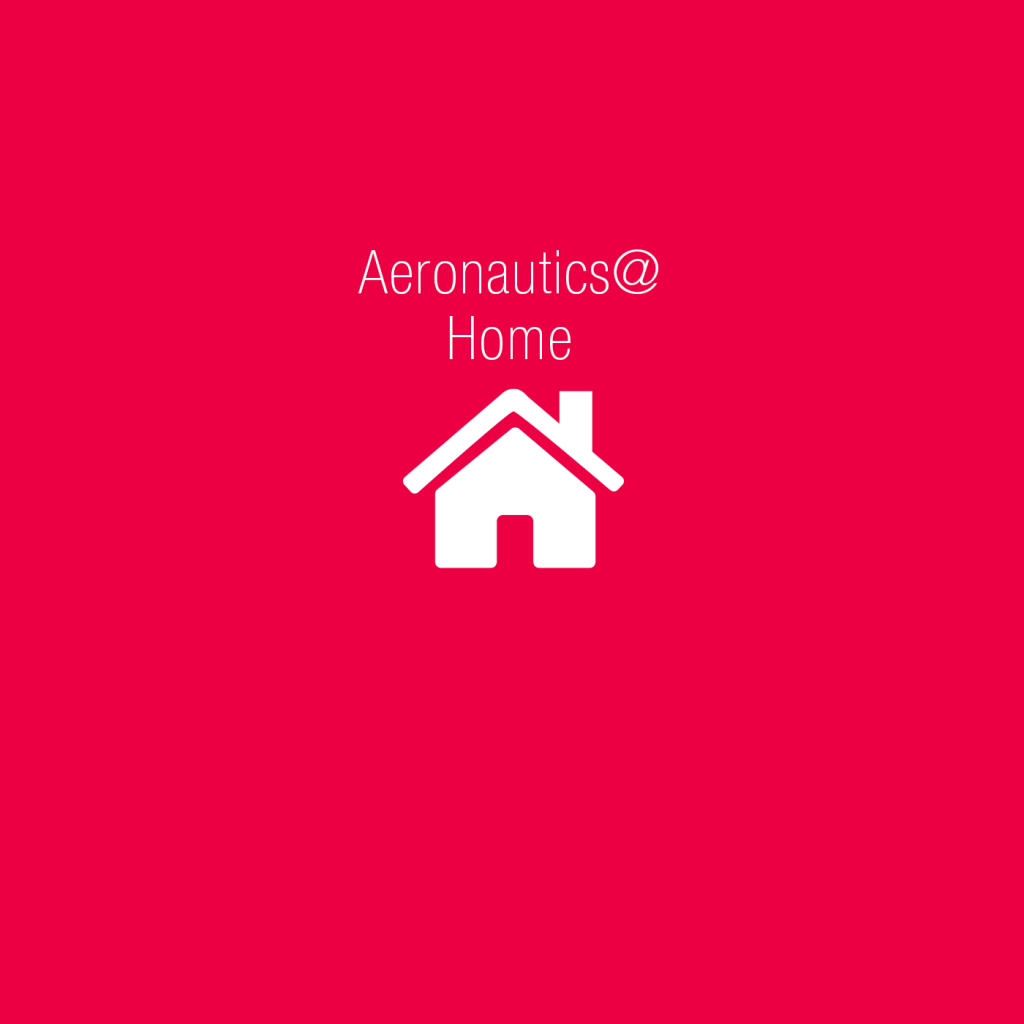
Aeronautics@Home
Aeronautics@Home is a collection of activities and lessons to learn more about the science of flight and NASA Aeronautics.
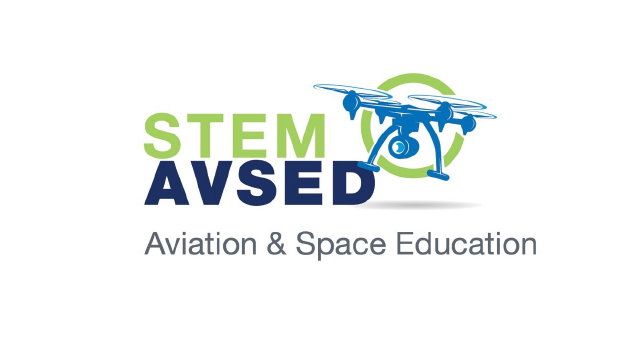
FAA STEM AVSED Program
Explore activities and opportunities for students to connect with aerospace careers. Drones, gliders, airplanes, and rockets—AVSED has lots to offer.

NASA Flight Log
Sign up to send your name and your students’ names with us on NASA’s aircraft. Start building your virtual flight log today.

